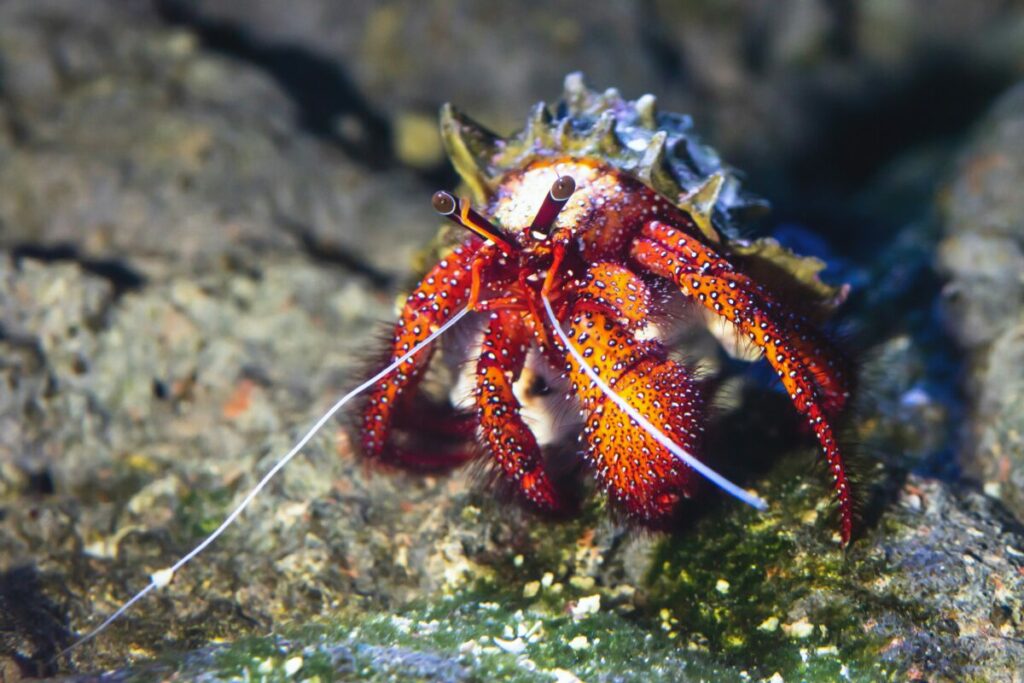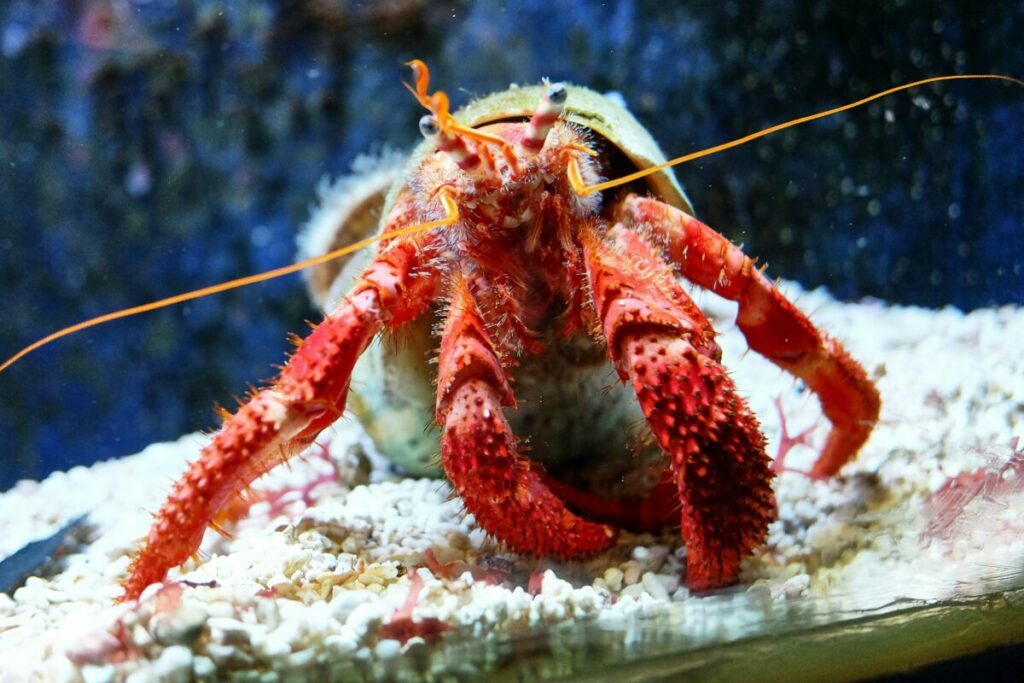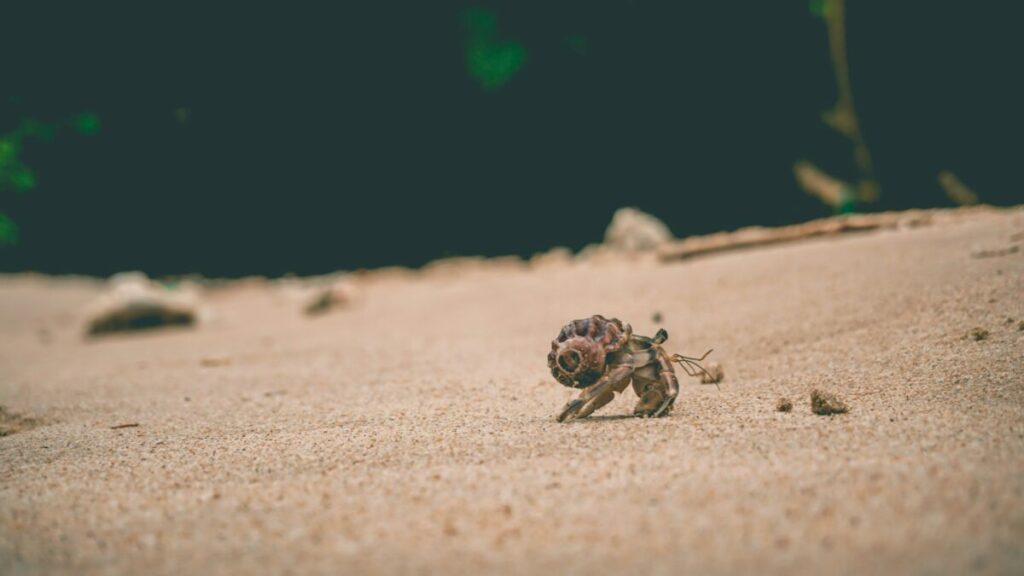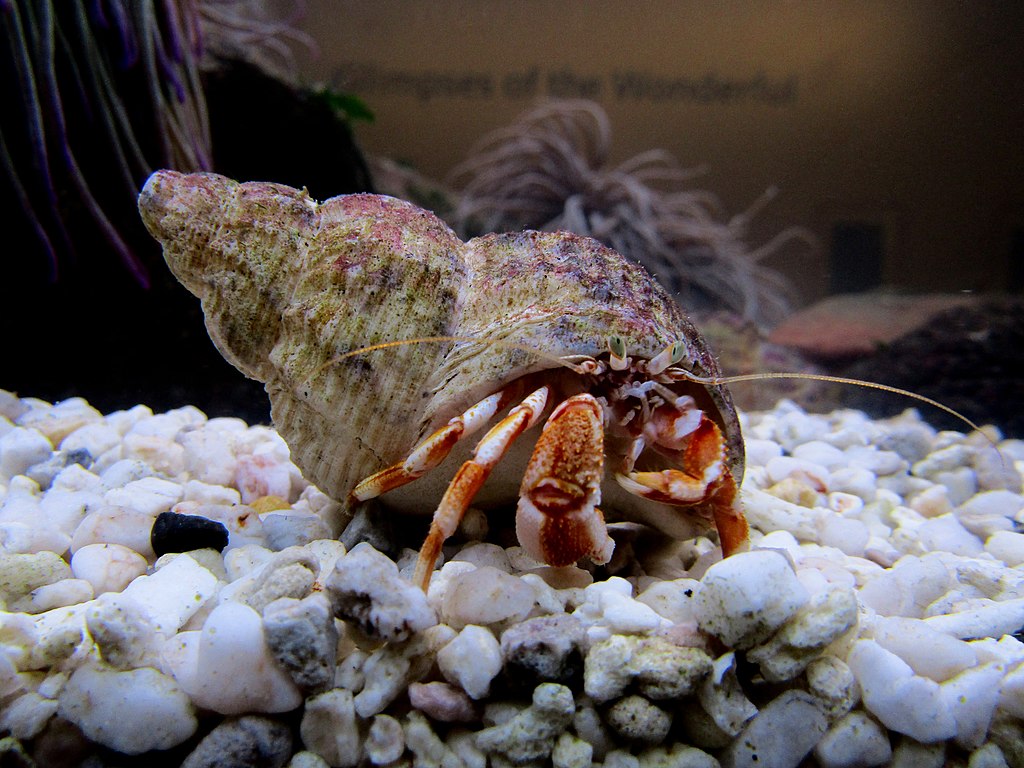Considering a hermit crab as a pet? First, it’s essential to fashion a proper livelihood for your would-be pet. Establishing a cozy habitat that emulates its natural environment ensures a happy and healthy crab. Let’s delve into how to recreate a comfortable home that answers the question: “What Is the Proper Hermit Crab Habitat?”
The Ultimate Guide to Creating a Proper Hermit Crab Habitat

Primarily from tropical areas like Australia and the Caribbean, hermit crabs favor coastal regions, wandering the sands mainly at night. Each tiny creature possesses its own charactics; some are active, some shy. The longer you spend time interacting with your crab, the more its personality will develop.
Setup: Starting with the Basics

Firstly, you will need a tank. A 10-gallon tank (or larger) with a lid or mesh cover works perfectly. Note that each crab needs its space, follow this rule: one inch of crab equals one gallon of tank space. Remember, your tiny friend will grow, so plan for its mature size when choosing the tank.
Creating a Fun and Interactive Environment

Next, think about furnishing your hermit crab’s setup:
- New Shells: These are crucial for your crab. Especially those one size bigger than its current shell. It offers a place for your hermit crab to retreat to if it feels nervous.
- Climbing Structures: Crabs love to scramble about. Adding things to climb on encourages exercise and interaction.
Creating the Right Ground and Atmosphere

Similar to their coastal homes, use sand or pebbles for flooring in your hermit crab’s habitat. A 3-inch deep bed should suffice. Achieve a humidity of at least 70% in the tank; it’s vital to stop your crab from drying out and aiding in its molting process. Set temperature levels between 70-80 degrees. Lastly, provide your crab with two shallow dishes of water; one filled with fresh water and another with salt water. The water should not be deeper than half an inch to avoid accidents.
Caring for Your New Pet

As evidenced, setting up a nurturing hermit crab environment is uncomplicated and worthwhile. When it comes to diet, they usually prefer easy-to-eat crab food pellets. Serve them crushed and nightly. You’ll find these creatures are simplistic in their needs yet richly rewarding in their interactions.
Ensure you’re armed with all essentials before selecting your new pet. Gather the tank and shells early enough so you can design that perfect cozy space way ahead of your crab’s arrival. Consider adding a thermometer to keep track of tank temperatures, and consult with pet shop staff regarding best practices to maintain humidity levels in the tank. After all, your pet’s happiness lies in your hands.